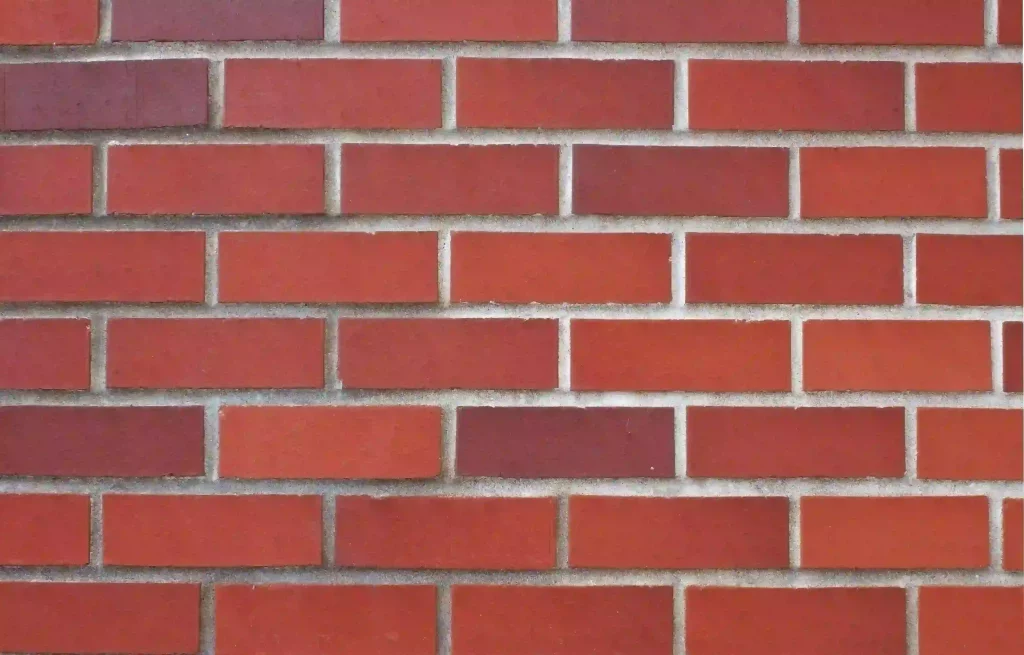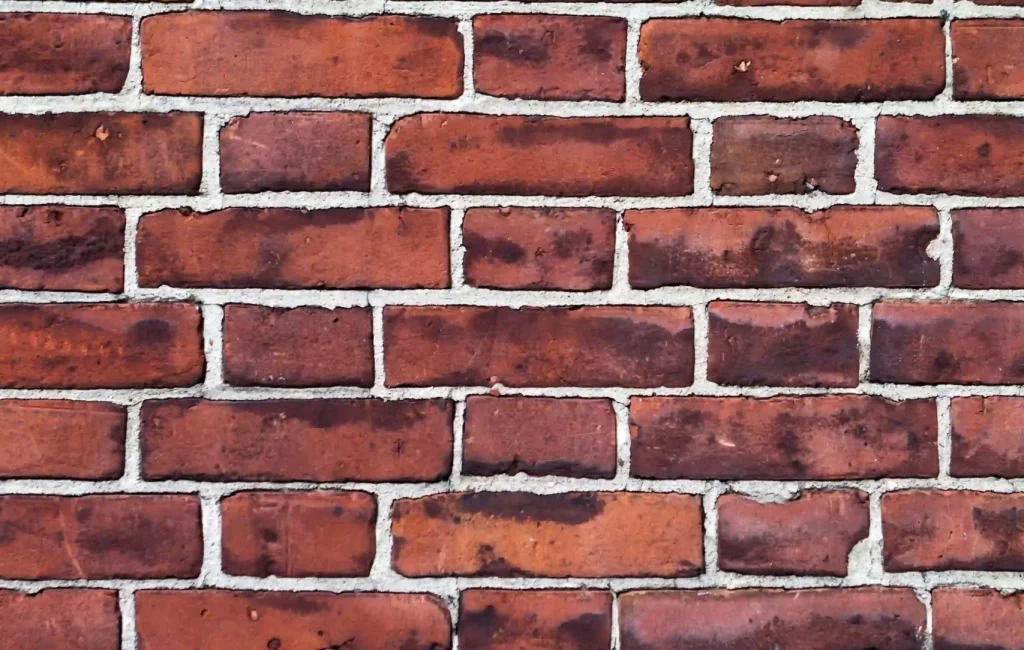CAVITY WALL INSULATION Grant IN 2025
Cavity Wall Insulation Grant
We provide quality Cavity Wall Insulation Services in all major cities of England, Scotland and Wales.
More than a third of all the heat lost is from un-insulated walls, so it shouldn’t be a surprise to learn that installing cavity wall insulation is often one of the most effective measures you can undertake to save energy and reduce your heating bill year on year.
There are many types of Cavity wall insulation materials; Wool Based, Foam Based (Polyurethane), Closed Cell beads (Polystyrene).
We do only cavity wall insulation with superwhite 40.
Apply For Cavity Wall Insulation under ECO4 Grant
Free cavity wall insulation grant. 100% UK government-backed and 100% free to install
Free cavity wall insulation grant. 100% UK government-backed and 100% free to install
Did you realize that homes lose as much as 35% of the energy through the cavity walls?
So, through the installation of cavity wall insulation for no cost you can save that lost energy, and also lower your bills as well.
There’s a good chance that you are eligible for the grant
(The process for applying is only taking only a minute!)
- Private tenant or homeowner (if renting, you'll require the permission of your landlord)?
- Are you receiving income-based benefits?
- Are you living in a carbon-intensive residence?
- Do you struggle to pay the rising cost of living?
How do I know if cavity walls are insulation? And how can it assist me in saving money?
Cavity walls consist from two brick layers that have gaps (or cavity) between the two layers.
In modern houses insulation is placed inside the cavity.
However, in homes constructed from 1924 to 1982, it wasn’t the situation.
The cavity wall insulation plays a role in keeping from the chill, allowing the heat inside as well as keeping temperatures and comfort levels optimal within your home.
It is made of bead, foam or mineral wool but don’t fret about this.
One of our experienced and certified surveyors will have a tour of your home to determine which one is the best one for your needs.
What if I don't believe the cavity wall insulation worth?
If your house doesn’t have cavity wall insulation then your central heating system is doing its job in a constant effort to generate heat. Of this, 35% of it will be escaping directly through the cavity walls. However, here at UKEM we can assist you stop this for free to you by signing you up for the UK government’s free Cavity wall insulation scheme.
Apply today. It’s just a minute. We’ll contact you and handle the remainder.
Wall Types
The first thing to know is what kind of walls you have. If you see brickwork outside the house, you can look at the patterns on the walls.
Cavity wall
If your property has cavity walls then bricks are likely to be laid in a uniform pattern. All bricks will be laid longways.

Solid wall
If your house has solid walls, they will appear in an alternating pattern with the bricks laid out across the wall, so that you can see the smaller end when you look from the outside, learn more.


The walls are the medium for about a third of the heat loss from an uninsulated house. Insulating cavity walls correctly will save you money and lower heating bills.
Wall insulation is a common feature in most houses built after 1990. If your property was constructed before 1990, it might not have any insulation.
Most houses in the UK have either cavity walls or solid walls.
- Cavity walls are most likely to be present in houses built after 1920. Cavity walls are made up of two walls with a gap between them, also known as the cavity. The outer leaf is typically made of brick, and the inner layer is made of concrete blocks or brick.
- Solid walls are more common in older homes built before 1920. Solid walls have no cavities; each wall is a single wall made with stone or brick.
Save up to £300* a year on heating fuel costs
*Figure taken from case study evidence collected by Isothane Ltd
- Reduces heat loss rates by around 70%
- Cost effective – Average unsubsidized payback is under 4 years
- Installed in a couple of hours with minimal disruption
- BBA approved
- Lasts as long as the building
ThermaBead utilises a specially manufactured grade of closed cell polystyrene beads, in the size range of 2mm – 9mm in diameter. The target mean density of the beads is in the range of 12 +/- 2 kgm3.
The ThermaBead bonding agent is a water-based dispersion of acrylic co-polymer emulsion, white in appearance and is non-hazardous.
The beads have been thoroughly tested and will not deteriorate over time; they will also not be unduly affected by any improvement works such as fitting new double glazing.
Fully fire resistant and with full BBA approval for use in even the most extreme of conditions, ThermaBead fully satisfies the latest exacting standards for energy efficiency.
How come energy companies can do this for free?
This is all part of Energy Company Obligation, which is run by the British government. Learn more information about ECO by clicking here.
The advantages of FREE cavity wall insulation as a result of Climate Insulation Limited and Government’s ECO4 scheme:
-
FREE AND GOVERNMENT FUNDED
Because of the government's ECO4 program, you don't need to pay for installation. -
SAVE MONEY
Did you know that houses lose 35%t of their heat through the walls? Cavity wall insulation can put an end to this. -
A WARMER, COSIER HOME
The less heat that is lost will provide more warmth and comfort to your home. -
BOOSTS PROPERTY VALUE
Offer your property for sale for a higher price in the event that you decide to sell your home -
MAINTENANCE FREE
After installation by our expert team, who are fully certified and friendly, you will be greeted by a warm and welcoming at Climate Insulation limited
